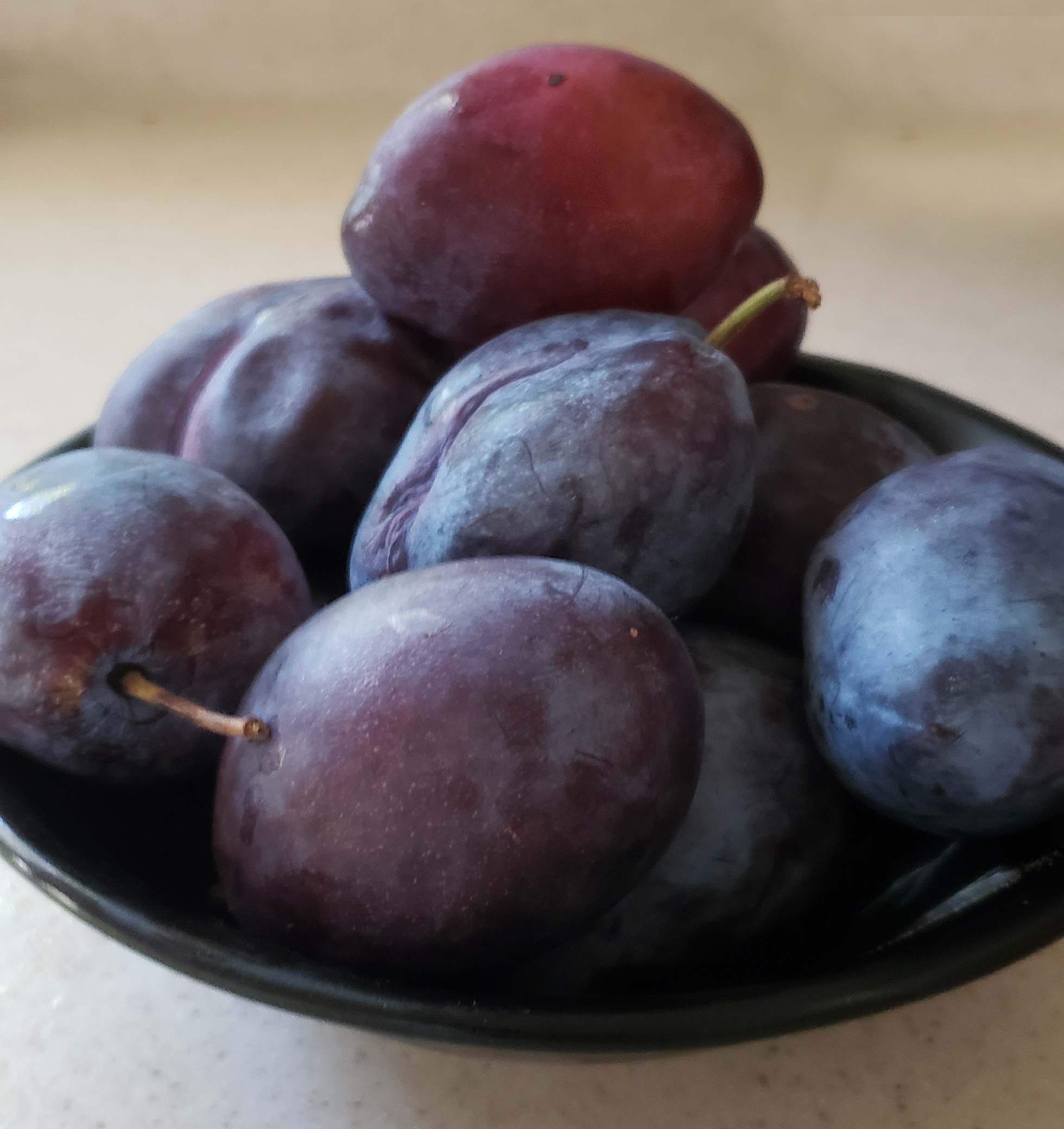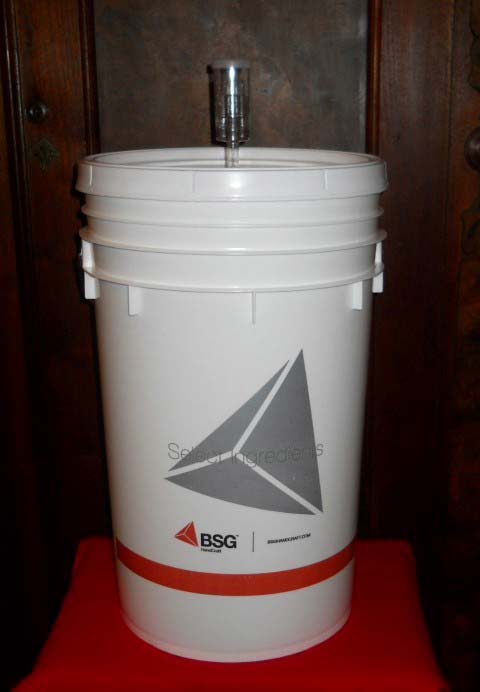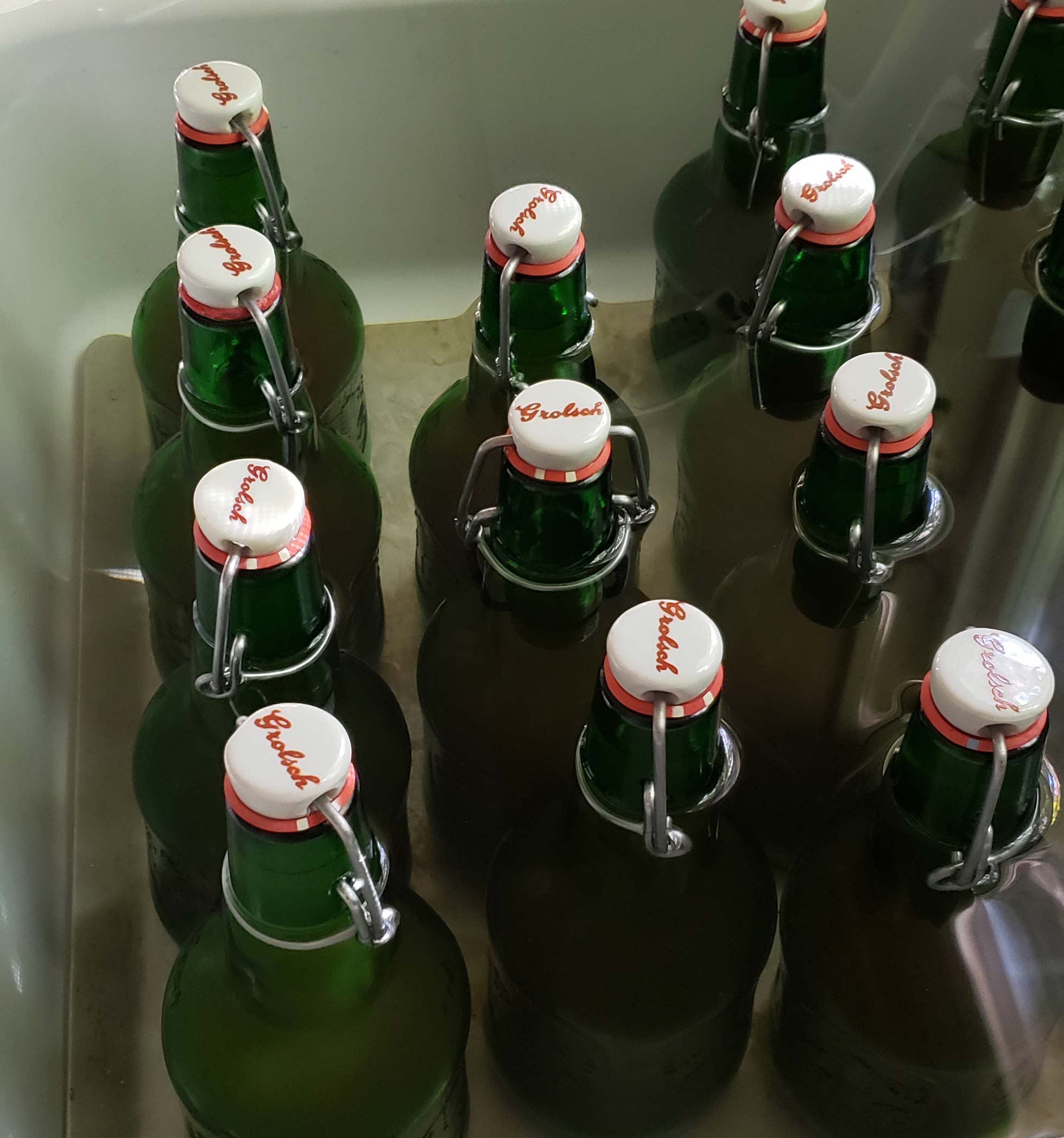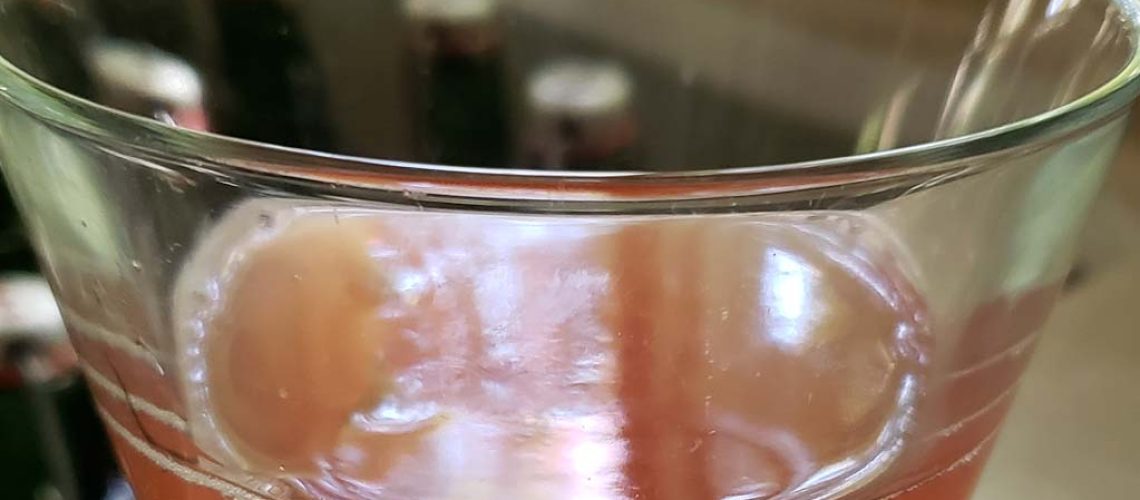One of the best things about a long hard bike ride is getting off the bike. Regardless of how comfortable your seat is. It is great to stop. The primary reason being, you now get to eat…and drink.
I have always used biking as part of my method of weight control. Biking is a terrific and fun way to incorporate HIIT into your day. Ride up a hill, rest on the way down, how simple is that?
Another benefit is simply not starting your car. My goal is to try to use my bike anytime a daily errand requires me to go somewhere less than 10 miles away. Many weeks my car will not be started at all. Just using my bike for simple run-arounds saves thousands of miles and hundreds of dollars!
Regardless of your reason for biking, it used tons of calories!
However, getting back to my original subject-brews. I use my bike to scout for local fruit. In addition to building the world’s most comfortable bike seats, I am an avid cider maker.
When the Pilgrims and other settlers came to this country, they were accustomed to drinking beer, basically all the time. In fact, according to Susan Cheever, author of “Drinking in America: Our Secret History”
“The Pilgrims actually stopped at Plymouth Rock because they were running out of beer. Due to the unsafe drinking water, passengers on the Mayflower drank beer as a main hydration source — each person was rationed a gallon per day. They started to run out as the ship approached Plymouth Rock.”
Yet, when those same folks tried to set up housekeeping-the grains they used to make beer from were not available. Barley would need at least one year to be planted and harvested, yet corn, grown by and traded from the local native Americans produced an acceptable substitute.
Remember, most of these people had never tasted fresh water and it was not an acceptable substitute for beer. Not to be deterred and needing more to drink, the colonist turned to cider.
Apple trees from Europe were planted by 1607 in Jamestown Virginia. Apples quickly became an important crop and cider the number one alcoholic beverage in the colonies at that time.
Apples and Plums are both native plants to central Asia which had spread throughout Europe. Both trees adapted well in North America and spread by the likes of farmers, Johnny Appleseed, (John Chapman was his real name), wildlife such as bears, elk and deer. Hence the wild trees growing nationwide.
Today’s version of Johnny Appleseed is the modern subdivision landscape designer. Planted for the flowers, plum and crab apple trees abound!
In the videos below, our riders bike past blocks and blocks of plum and apple trees which, a few months after filming, will be laden with fruit. Fruit that it seems no one wants. But will make a delightful cider.
On springtime scouting rides I locate trees that are a delight to ride by and will be rich harvest grounds in mid-summer.
Crab apples are brutal to eat but make wonderful cider! Plums make a cider which are rich reds or pinks and are surprisingly full of flavor. In the midst of winter, this drink will make you feel like it is warm outside.
These home ciders, rich and full bodied are easy to produce. Because I do not use clarifiers; they are a bit hazy at first bottling. With a bit of racking, (letting the cider set undisturbed) the cider becomes clearer. Assuming that is you can wait that long to drink it!
The easiest of all ciders to make is Plum.

My basic recipe for Hard Plum Cider:
Equipment needed:
• Cleaned 5-gallon fermentor with an airlock
• 3 cases clean bottles with caps or self-capping bottles
• 5 to 6 gallons of fruit
• One packet hard cider yeast, (I use Safcider Dry Cider Yeast)
• One packet Champaign yeast
• Four pounds sugar
Instructions:
Completely fill a clean 5-gallon bucket with ripe but not over ripe plums.

Some plums release their pit very easily. If this is the kind you have, pit the fruit. Collect the fruit in a large stockpot and heat slowly to a soft boil. The juices will release and may be poured off to cool.
If you have fruit that will not release the pit, cook the whole fruit.
Mash the cooked and/or remaining fruit and squeeze through a cheesecloth.
Place the room temperature juice into the clean fermentor and mix in 4 pounds sugar. Stir until dissolved. Add enough water to bring to within a few inches of the top of the fermentor add one packet of hard cider yeast and one packet of Champaign yeast. (see above).
Pitch the yeast and close the lid. Fermentation should start within 30 minutes and takes about a week to complete. Leave the working fermentor in a dark place undisturbed.
Rack or siphon off the hard cider at least twice to remove the dead yeast and any fruit particles that settled.
Bottle and enjoy! As suggested, making these fruit ciders is almost as easy as riding a bike.

Remember to ride responsibly! Drink your brews only after you are done riding.


2 comments
Delicious! Dave and I (mostly I) drank a bottle we brought to the WA coast with us. We’re heading back Friday with an overnight in Portland for a milonga, then on to Boise on Saturday, 11/16. We have the 2nd bottle waiting at home. Well wishes to both of you.
Glad you liked the cider!